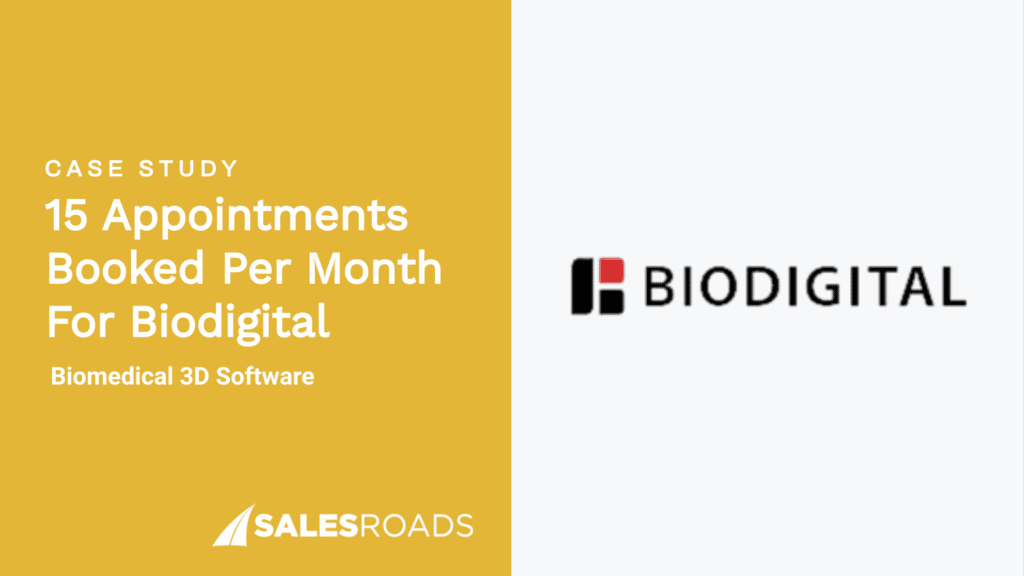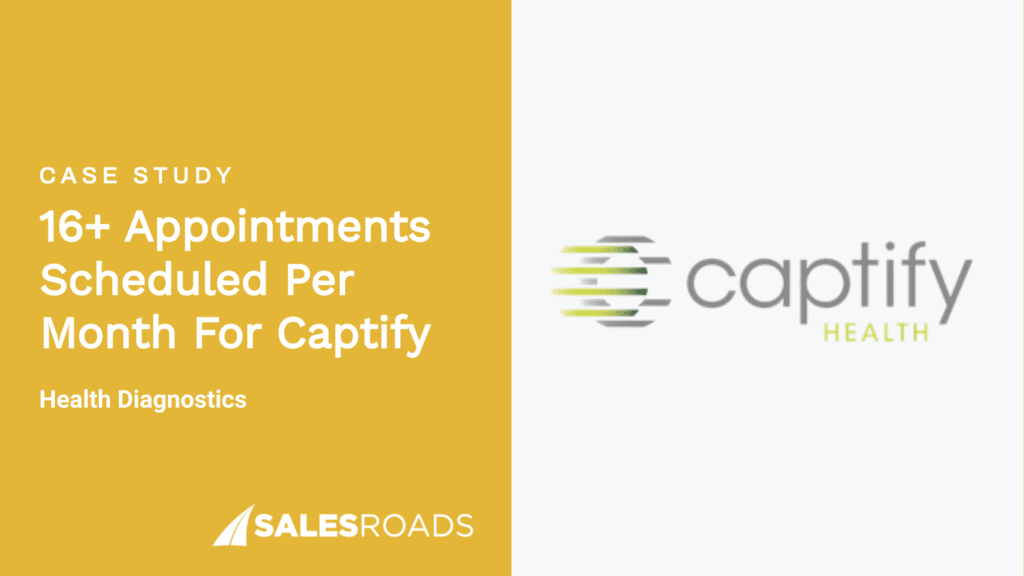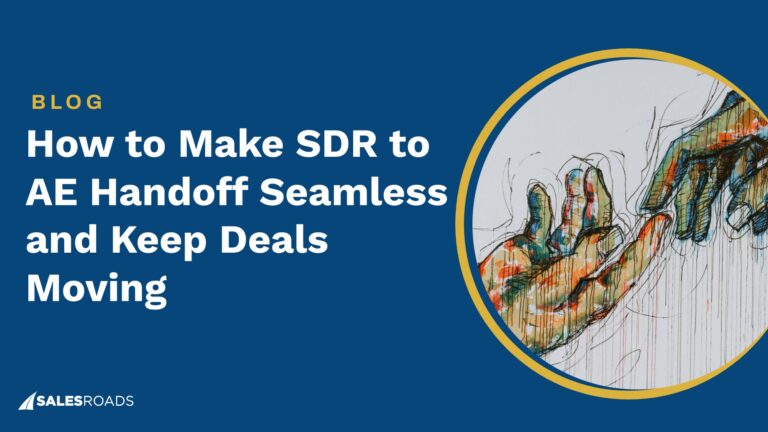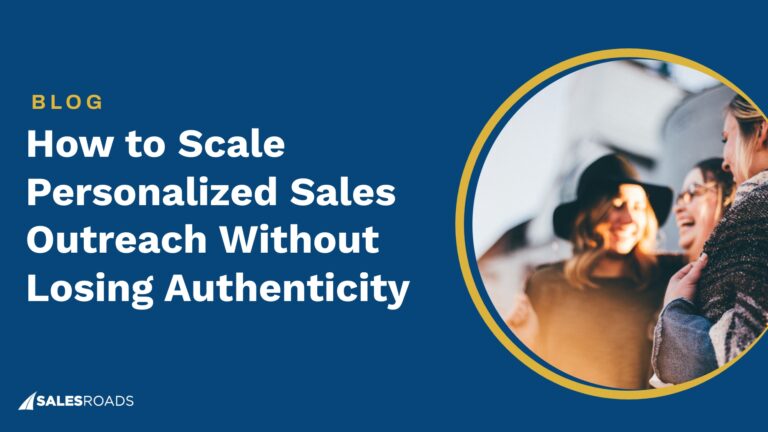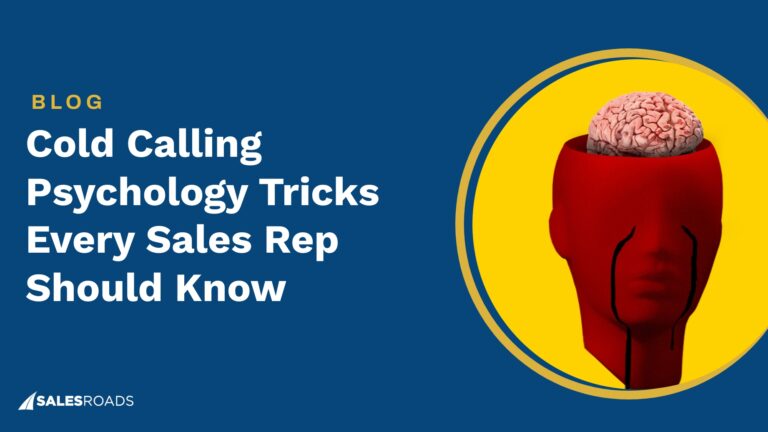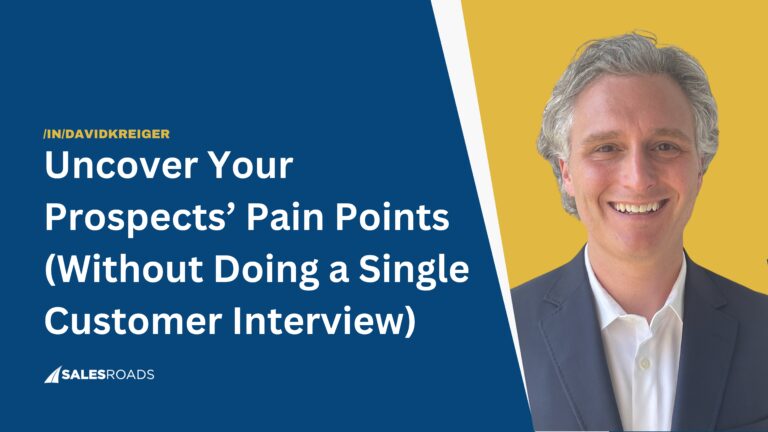Lead generation often gets treated like a numbers game—more dials, more emails, more activity. But volume alone doesn’t close deals. What truly moves the needle is timing, relevance, and knowing exactly where your lead sits in the funnel.
Think about it: a cold prospect who’s never heard of your solution needs a very different message than someone who’s already taken a meeting. Yet many teams push the same outreach regardless of stage, and watch their pipeline stall as a result.
The Concept of the Sales Funnel
Before you can align your lead generation tactics, you need a clear understanding of the lead funnel itself. A sales funnel is a visual representation of the journey a lead takes from first contact to becoming a customer. It helps sales teams organize, prioritize, and manage their pipeline more effectively.
At the top of the funnel, you’re dealing with broad awareness—potential leads just discovering your brand. As they move down the lead funnel, they go through evaluation and consideration before reaching the decision-making stage at the bottom.
Each phase of the lead journey funnel has its own challenges and opportunities, so it’s critical to use tactics that match the buyer’s mindset at each step.
Effective lead funnel management means knowing what your prospects need at every stage and responding with the right message and method. It’s not just about generating more leads—it’s about generating the right leads and nurturing them in a way that moves them through the funnel with purpose.
Because it’s a fact that nurtured leads produce, on average, a 20% increase in sales opportunities compared to non-nurtured leads.
Understanding these lead funnel stages allows B2B sales teams to work smarter, close faster, and build lasting customer relationships.
Three Core Stages of the Sales Funnel
To align your lead generation efforts, it’s essential to understand the three primary lead funnel stages: Top of Funnel (TOFU), Middle of Funnel (MOFU), and Bottom of Funnel (BOFU).
Each stage represents a distinct phase in the lead journey funnel, and each requires different tactics to keep leads moving forward.
Your sales team can deliver the right message at the right time by tailoring your outreach to match where a lead is in the funnel. That’s the foundation of effective lead funnel management.
TOFU: Capturing Attention
At the top of the lead funnel, your goal is simple: get on your prospect’s radar.
These leads typically aren’t ready to buy—they might not even know they have a problem yet. That’s why your job here is to spark curiosity and start conversations.
Effective tactics include:
- Cold calling to targeted lists
- Cold outreach with personalized messaging
- Social selling to build lightweight engagement
- Outreach campaigns designed to educate and introduce
You’re not selling a solution yet—you’re identifying pain points and getting decision-makers to engage. A well-structured TOFU approach builds a healthy pipeline of leads who are aware of your brand and open to learning more.
Lead funnel management at this stage is about volume and relevance. Focus on generating sales-qualified leads, not just contacts.
MOFU: Building Interest and Trust
Once a lead has shown interest—clicked a link, replied to an email, answered the call, accepted a connection—they’ve entered the middle of the lead funnel.
Now the focus shifts to nurturing that interest and earning trust.
Effective tactics include:
- Follow-up calls or emails tailored to their role or industry
- Sharing relevant use cases or success stories
- Offering value-driven conversations
- Asking targeted discovery questions to qualify their needs
At this stage in the lead journey funnel, the goal is to position your solution as relevant and worth further consideration.
You’re no longer introducing yourself—you’re building credibility and showing you understand their challenges.
Solid lead funnel management here means tracking responses, refining your messaging, and ensuring every follow-up adds value.
BOFU: Driving Conversions
By the time a lead reaches the bottom of the lead funnel, they’re actively considering next steps. They’ve engaged with your outreach and are weighing whether to book a meeting or take a deeper call.
Benchmark data indicates that the conversion rate from opportunity to close ranges between 15% to 30%, underscoring the importance of effective strategies at this stage.
Effective tactics include:
- High-touch calls that address objections and outline next steps
- Confirming interest and proposing specific time slots
- Sharing relevant case studies or customer results during calls
- Aligning your offer with their immediate needs
In this final lead funnel stage, timing and clarity are everything. Leads don’t want fluff—they want reasons to move forward. Make it easy for them to say yes and close the deal.
Great lead funnel management here is about execution. Your team should be focused, confident, and ready to convert interest into action. Every touchpoint should feel personalized and purposeful.
Common Mistakes When Aligning Lead Gen Tactics
Aligning your lead generation tactics with each stage of the lead funnel sounds straightforward, but in practice, many sales teams make missteps that slow down the lead journey funnel or lead to missed opportunities.
Here are some of the most common issues we see:
Treating All Leads the Same
Not all leads are created equal, and treating them as if they are is a fast way to lose relevance.
Leads at the top of the lead funnel are usually unaware of your solution or their pain points. When you lead with product details or a hard pitch, you create friction.
Instead, segment your leads based on their behavior and stage. Aligning tone, timing, and value proposition to each lead funnel stage increases the chance of engagement.
Relying Too Much on Automation
Automation tools help scale outreach, but they can easily dilute the impact if not used strategically.
Sending the same templated message to hundreds of contacts without considering industry, role, or timing creates noise, not value.
To avoid this, implement controlled personalization. It plays a crucial role here; 86% of B2B people agree that personalized content is key to success, enhancing engagement and building trust with prospects.
Use frameworks that allow your team to quickly tailor intros or pain points by persona. Even slight personalization dramatically increases reply rates and ensures you’re not stalling the lead journey funnel before it even starts.
Ignoring Lead Signals and Failing to Act
Many sales reps get caught in “set-it-and-forget-it” mode. They launch outreach campaigns and wait, missing key buying signals that should move a lead further down the funnel.
If someone opens three emails in a row, visits your company page, or replies with interest—even casually—it’s time to shift gears.
This is where smart lead funnel management shines. Set up internal processes to monitor engagement, flag warm leads, and trigger custom follow-up steps.
Teach your team to be responsive—not reactive. The faster you act on signals, the more control you have over the lead journey funnel and how quickly a lead progresses.
Weak Handoff Between SDRs and AEs
One of the most common breakdowns in B2B sales happens during the handoff from SDRs to AEs.
Poor internal notes, missed context, and unclear next steps often force the AE to requalify the lead from scratch. This creates frustration for both sides, and it hurts your credibility with the prospect.
In a Sell Like A Leader episode, David Kreiger welcomed Mitchell Kasprzyk, the VP of Sales at Compyl. And he shared how making a customer repeat their story affects win rates:
Avoid this by systematizing your handoff process.
Each qualified meeting should include clear discovery notes, why the prospect accepted the call, their pain points, and any relevant objections.
Use tools like shared CRM fields or call recordings to bridge the gap. When your internal alignment is tight, your lead funnel stays efficient and your win rates improve.
Ways to Create a Seamless Funnel Strategy
Here’s how to design a seamless lead journey funnel strategy that empowers your team to move leads from cold to closed, faster and smarter:
Define Your Funnel Stages With Precision
Your team needs to speak the same language. Without clearly defined funnel stages, your outreach becomes inconsistent, and your data becomes unreliable.
Decide what counts as a TOFU lead—maybe it’s anyone added to your outbound list. Define MOFU as someone who engages, replies, or books a call.
BOFU should reflect high-intent leads who’ve already spoken to someone and are close to converting.
Once these are locked in, build your sales process around them.
Assign different messaging, cadences, and KPIs to each stage. For example, TOFU might be evaluated on conversations started, while BOFU is judged by conversion rates and revenue impact.
This clarity improves lead funnel management and gives you better data for coaching and optimization.
Match Outreach Tactics to Funnel Stage
Each lead funnel stage calls for different touchpoints. At TOFU, your focus is on volume and attention, so cold calls, LinkedIn connection messages, and short, curiosity-driven emails work best. You’re casting a wide net to generate new conversations.
Once a lead shows interest, shift to MOFU tactics like targeted follow-ups, value-based emails, or intro calls. This is where discovery happens. Ask better questions. Identify pain points. Show relevant case studies or use cases based on their industry or role.
Finally, at BOFU, tighten the focus. Here, your reps should send calendar invites, discuss next steps, and build urgency. The tone should shift from “let’s explore” to “here’s how we solve this for you.”
Aligning your touchpoints with the lead journey funnel builds trust and shortens your sales cycle.
Train Reps to Think Beyond Scripts
Sales scripts are helpful, but they shouldn’t be a crutch.
The best-performing teams know how to adapt based on context. When a lead says, “Not a good time right now,” that’s an opportunity to learn more, not a reason to hang up. When someone clicks a link in an email but doesn’t respond, that’s a signal to follow up differently, not just resend the same message.
Train your team to recognize nuance. Role-play different funnel scenarios and teach active listening. At TOFU, they should know how to overcome brush-offs. At MOFU, they need to probe for pain and qualify efficiently. And at BOFU, they must be ready to overcome objections and guide the next steps.
A more agile, responsive team will drive better outcomes at every lead funnel stage—and deliver a smoother lead journey experience from start to finish.
Build Feedback Loops Into Your Funnel
A seamless funnel strategy requires continuous learning.
What’s working at each stage? Where are leads dropping off? Too often, teams run campaigns in silos without pausing to review performance data or hear what prospects are saying.
Set weekly or biweekly reviews where SDRs and AEs share feedback.
Which messages are landing? Where are objections most common? What’s surprising leads? This collaboration improves your overall lead funnel management and leads to faster iterations.
Bottom Line
You can’t treat lead generation like a one-size-fits-all game. The tactics that spark interest at the top of the lead funnel won’t drive conversions at the bottom. If you want consistent results, your strategy needs to evolve with the buyer’s mindset.
Align your outreach to where prospects are in their journey, stay responsive to their signals, and treat funnel management as a team sport. That’s how you turn conversations into pipeline—and pipeline into revenue.


